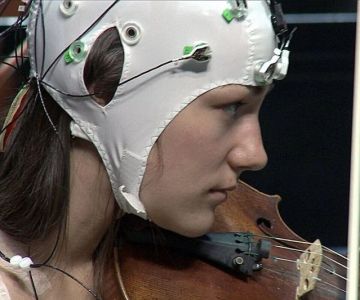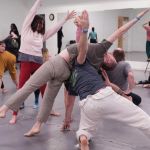 What is Stepping or Step Dance? Tradition and Teamwork in this Dynamic Dance StyleStepping, step dance, team dance, step dancing tradition, history of stepping, teamwork in step dance, cultural dance, how to do step danceExplore the exciting world of stepping or step dance, a dance style rooted in tradition and teamwork. Learn about its history, cultural significance, and how it fosters teamwork and unity among dancers.
What is Stepping or Step Dance? Tradition and Teamwork in this Dynamic Dance StyleStepping, step dance, team dance, step dancing tradition, history of stepping, teamwork in step dance, cultural dance, how to do step danceExplore the exciting world of stepping or step dance, a dance style rooted in tradition and teamwork. Learn about its history, cultural significance, and how it fosters teamwork and unity among dancers.- What is Stepping?
- The History and Tradition of Stepping
- How Step Dance Fosters Teamwork
- Popular Steps and Moves in Step Dancing
- Real-Life Examples of Step Dance Teams
- Where to Learn Step Dance
- Final Thoughts







 Ballroom Boutique Dance Studio5.0 (128 reviews)
Ballroom Boutique Dance Studio5.0 (128 reviews) Neighborhood Creative Arts Center5.0 (41 reviews)
Neighborhood Creative Arts Center5.0 (41 reviews) Texas Ballet Theater Richardson Studio4.0 (13 reviews)
Texas Ballet Theater Richardson Studio4.0 (13 reviews) Lyrique Dance5.0 (23 reviews)
Lyrique Dance5.0 (23 reviews) Judith McCarty School of Dancing4.0 (10 reviews)
Judith McCarty School of Dancing4.0 (10 reviews) Art & Cultural Academy4.0 (25 reviews)
Art & Cultural Academy4.0 (25 reviews) What is Dance Criticism? How to Read and Write Reviews
What is Dance Criticism? How to Read and Write Reviews What is Dance Improvisation? How to Start Being Spontaneous
What is Dance Improvisation? How to Start Being Spontaneous How to Travel to a Dance Festival or Convention in the US
How to Travel to a Dance Festival or Convention in the US The Difference Between Street Dance and Studio Dance Styles – A Complete Guide
The Difference Between Street Dance and Studio Dance Styles – A Complete Guide The Best Ways to Hydrate Before, During, and After Dance Class
The Best Ways to Hydrate Before, During, and After Dance Class What to Eat Before and After a Dance Class for Optimal Energy – Best Foods for Dancers
What to Eat Before and After a Dance Class for Optimal Energy – Best Foods for Dancers